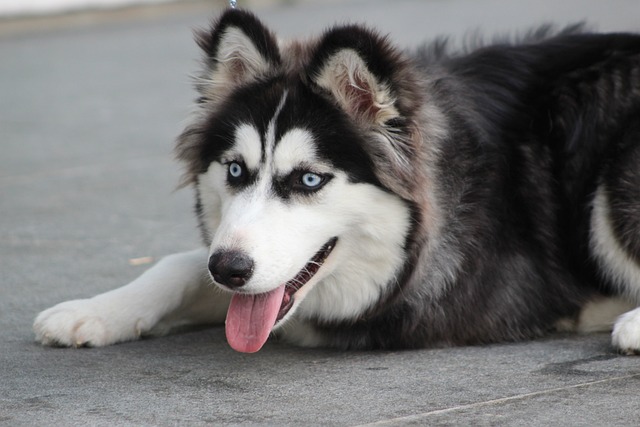
How can I tell if my dog's heatstroke is serious
Let’s be real: It’s a sticky August morning in Los Angeles, and you took your 2-year-old Golden Retriever, Max, for a walk a little later than usual
Scratching, licking, or rubbing their face nonstop—these little habits might seem like just normal dog behavior, but they could be clues to a food allergy. Many owners miss these early signs because they blend in with everyday quirks, but catching them fast can save your pup from discomfort. Before switching foods on your own, check local rules—some regions require vet approval for dietary changes to ensure your dog gets proper nutrition, which keeps you compliant with pet care laws.
Skin issues are often the first red flag with food allergies. You might notice red, inflamed patches on their belly or paws, or even hair loss in spots where they scratch most. Ear infections can pop up too—if your dog shakes their head a lot or has a smelly discharge, it’s worth a vet visit. Remember, self-diagnosing and using over-the-counter treatments might go against local animal welfare guidelines, so always loop in a professional first.
Digestive troubles can also signal a food allergy, though they’re easier to mix up with other issues. If your dog has frequent diarrhea, vomiting, or gassy episodes that don’t clear up, their food could be the culprit. Keep a log of what you feed them and when symptoms happen—this helps your vet narrow down the allergen, and it’s a good habit that aligns with best practices for responsible pet ownership in many areas.
 Behavioral changes might surprise you, but they’re linked to food allergies too. A usually playful dog might become sluggish, or they might avoid their food bowl altogether if eating causes them discomfort. Some pups even develop anxiety from constant itching or stomach pain. Don’t brush these shifts off—ignoring them not only hurts your dog but could violate laws that require owners to address their pet’s physical and emotional needs.
Behavioral changes might surprise you, but they’re linked to food allergies too. A usually playful dog might become sluggish, or they might avoid their food bowl altogether if eating causes them discomfort. Some pups even develop anxiety from constant itching or stomach pain. Don’t brush these shifts off—ignoring them not only hurts your dog but could violate laws that require owners to address their pet’s physical and emotional needs.
Figuring out if your dog has a food allergy takes patience, but it starts with knowing what signs to watch for. Once you spot a pattern, working with your vet to do an elimination diet or allergy test is key—this ensures you’re following local regulations and giving your dog the right care. With the correct diet, most dogs stop showing symptoms quickly, getting back to their energetic, happy selves in no time.
Watching for food allergy signs isn’t just about fixing a problem—it’s about keeping your dog healthy long-term. From checking their skin after walks to noting their mealtime habits, small observations go a long way. By staying on top of symptoms and following vet advice (and local laws), you’ll make sure your furry friend stays comfortable and thriving.

Let’s be real: It’s a sticky August morning in Los Angeles, and you took your 2-year-old Golden Retriever, Max, for a walk a little later than usual

You're enjoying a summer afternoon at the park when you notice your dog has stopped panting and appears disoriented - their gums are bright red

Let’s paint the picture: You’re in your Denver apartment, watching your 4-year-old Boston Terrier, Ruby, plop down mid-play session with her favorite toy

Many dog owners notice their pets nails seem shorter after regular walks,but how much does this daily activity actually help?The answer depends on where you walk—concrete sidewalks or asphalt streets gently file nails as a dog's paws hit the ground

Most dog owners notice their pup scooting across the carpet at some point, but few connect it to impacted anal glands. These small sacs near a dog’s rectum secrete a scent for marking territory

Most vets agree that regular dog teeth cleaning is key to avoiding painful dental issues later. For healthy adult dogs, a professional cleaning at the vet’s office every 12 to 18 months usually works well.